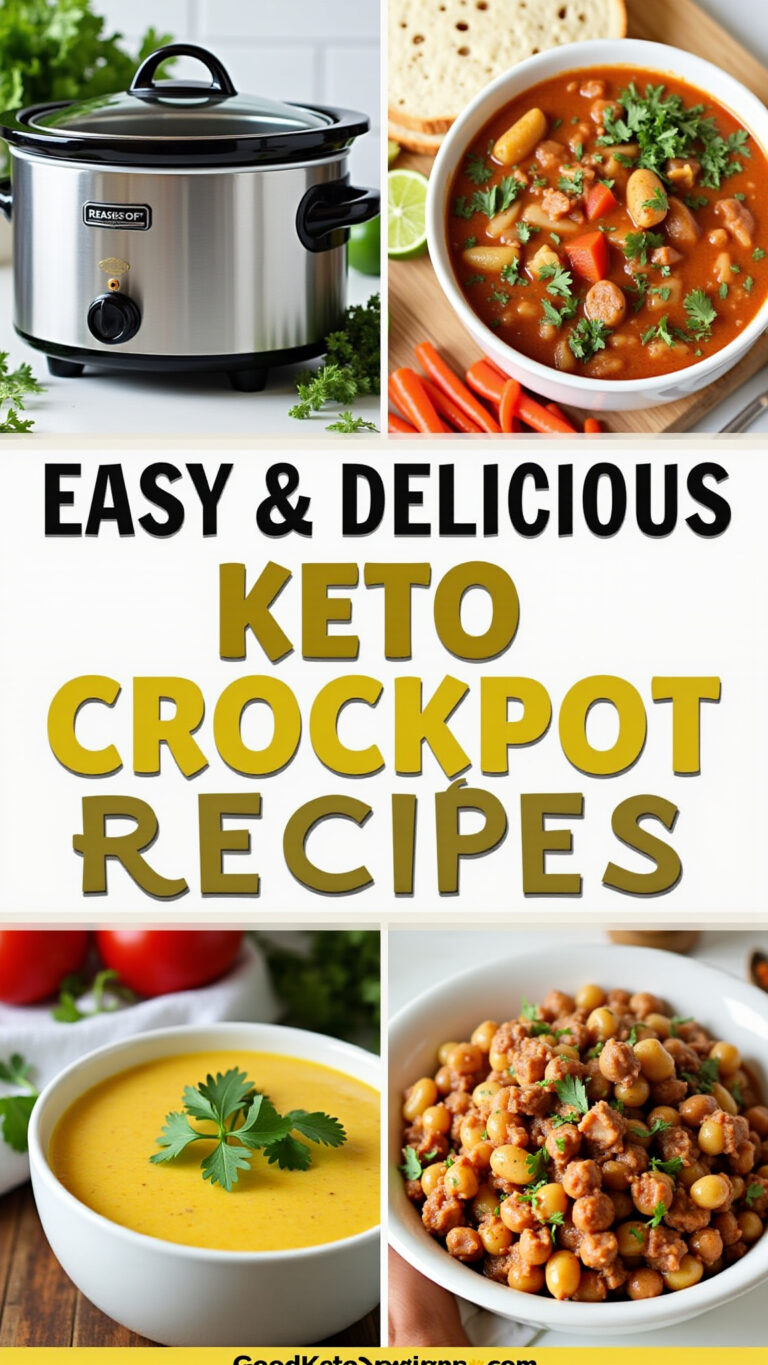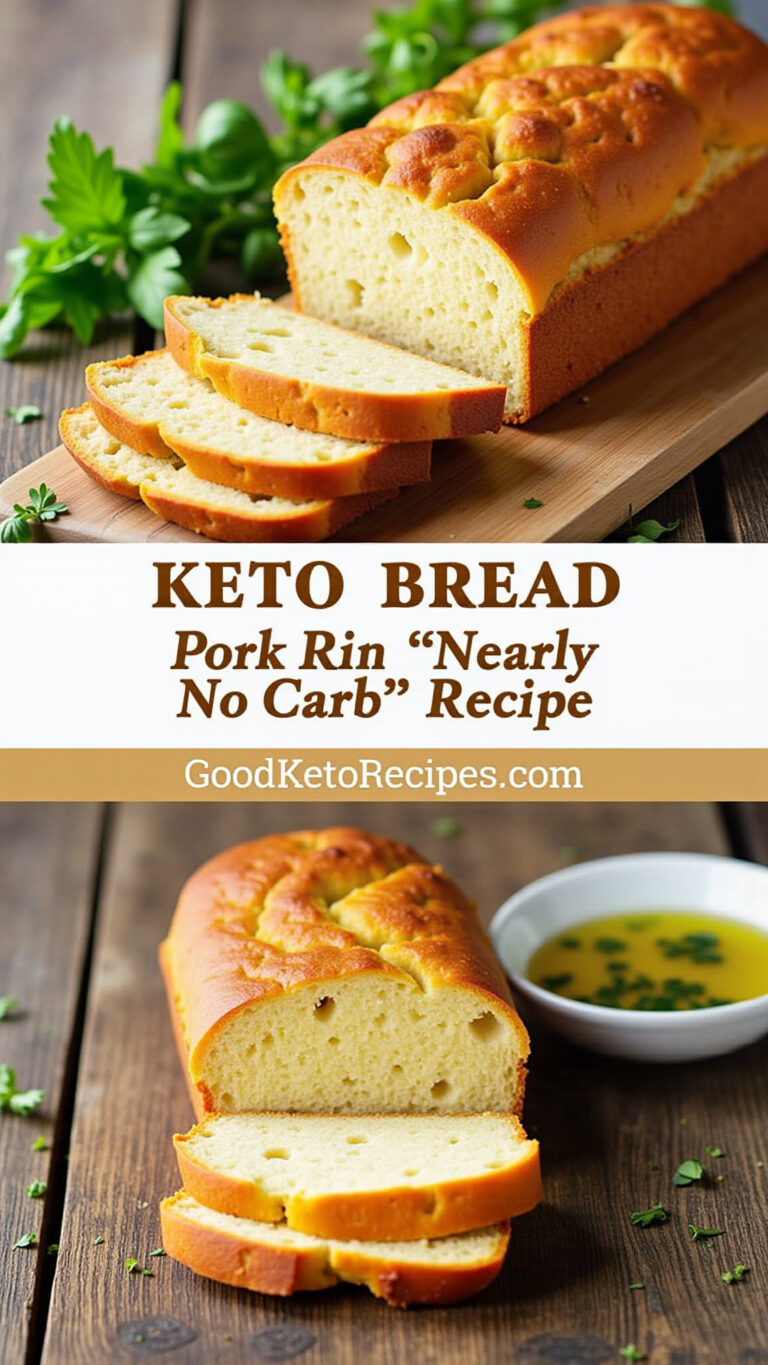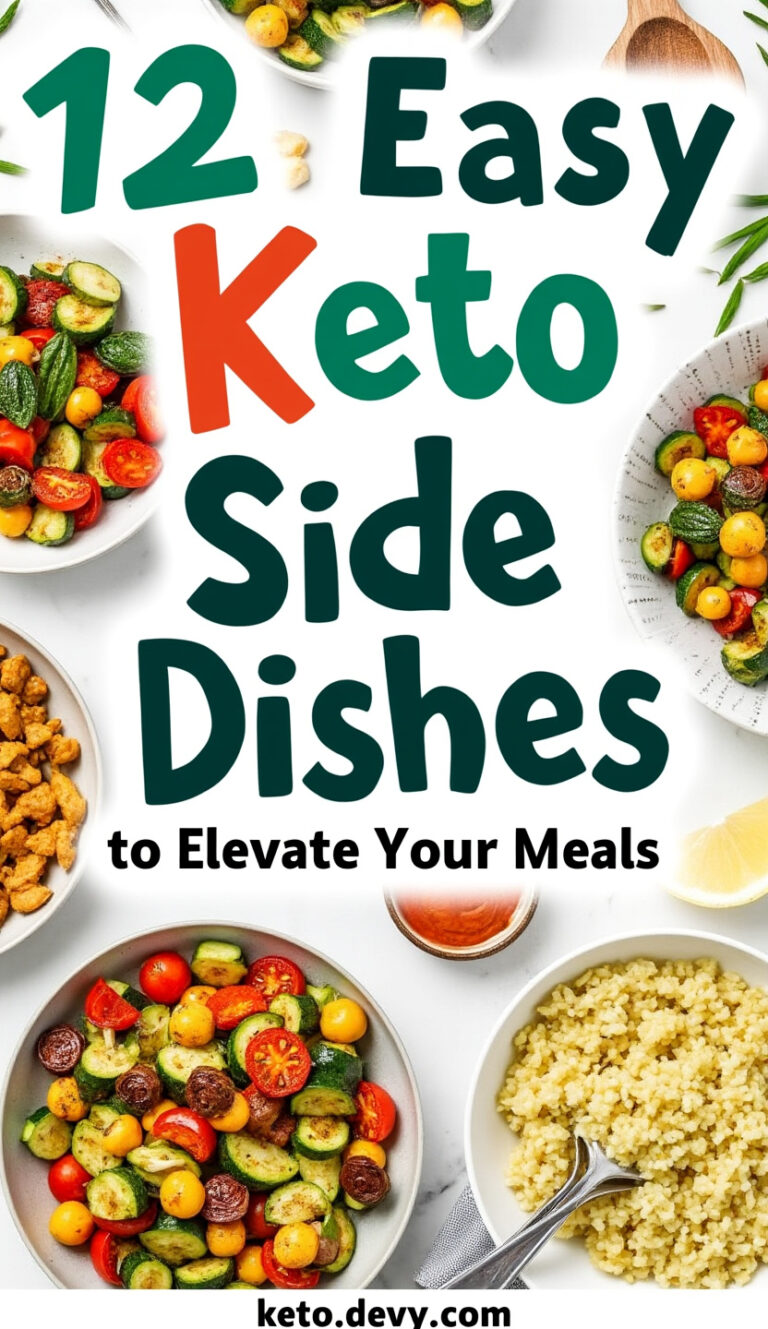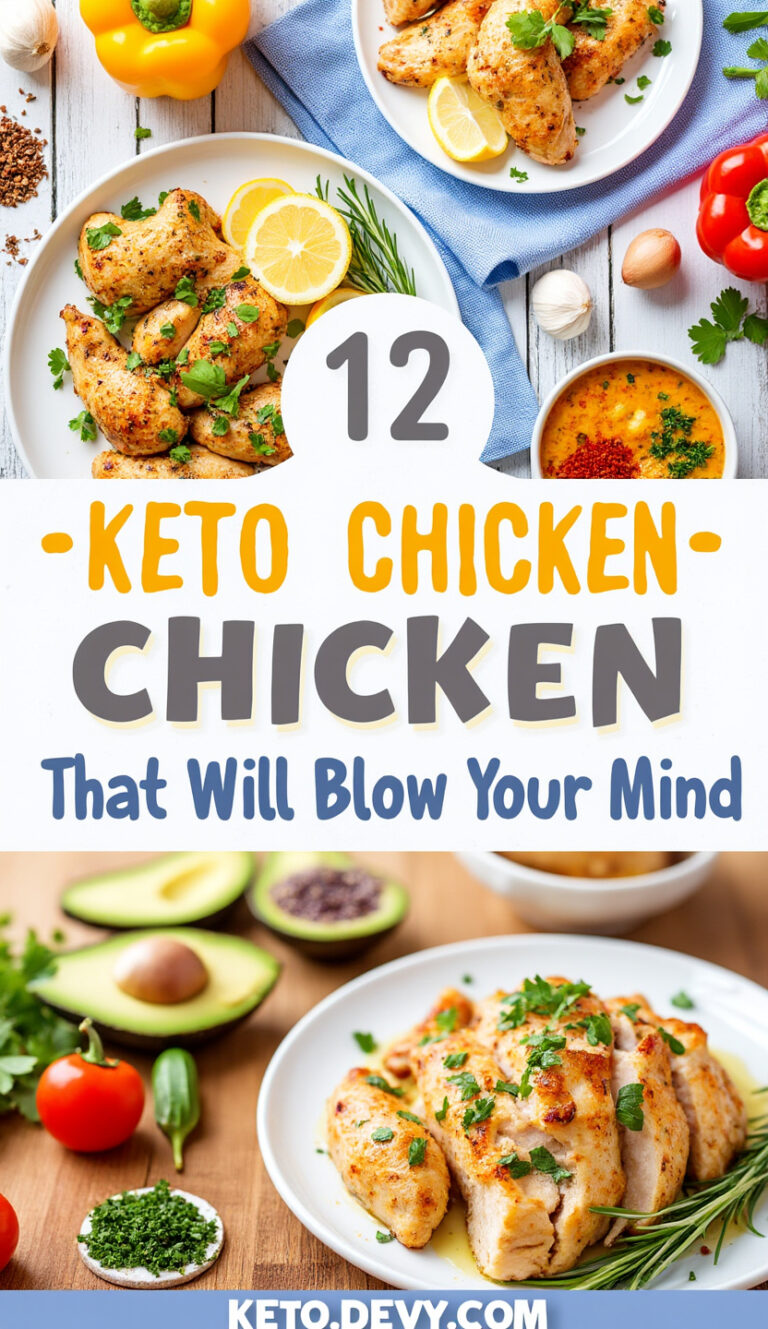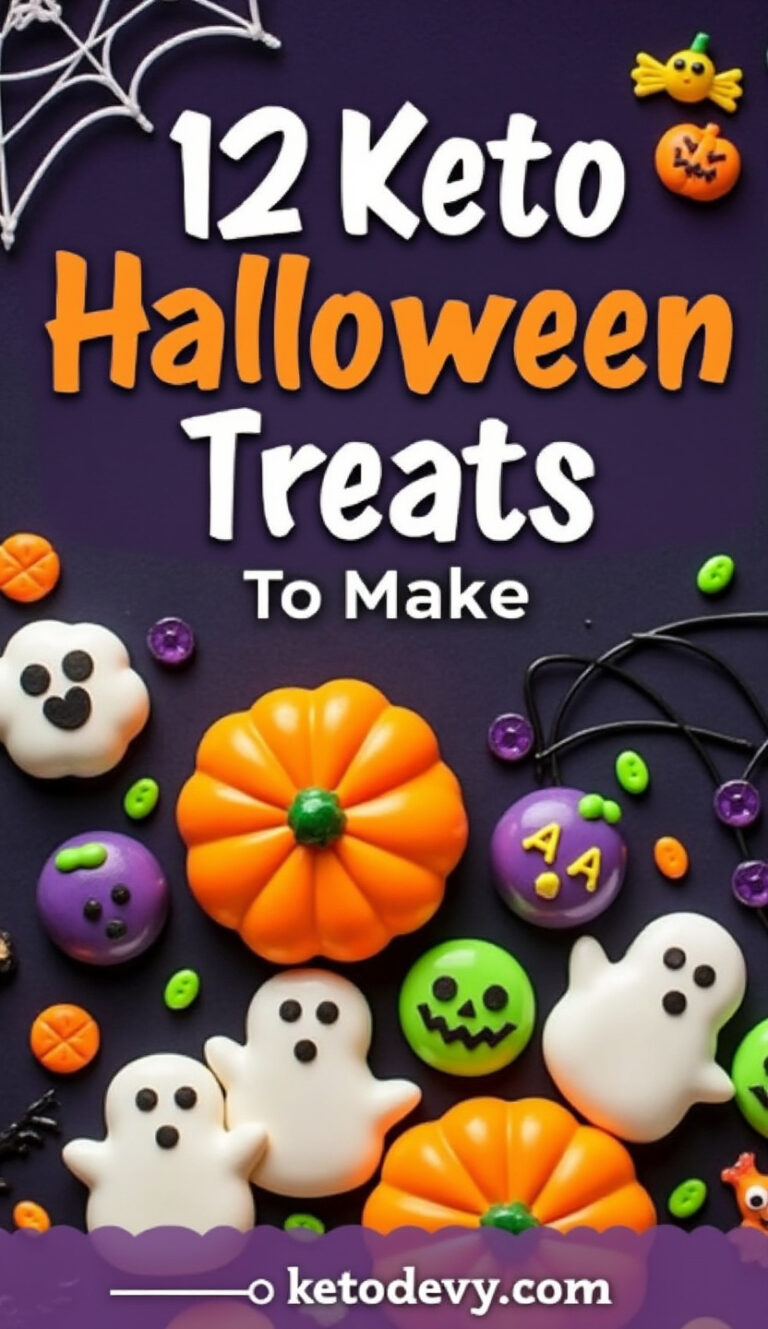Free 7 Day Keto Meal Plan for Weight Loss
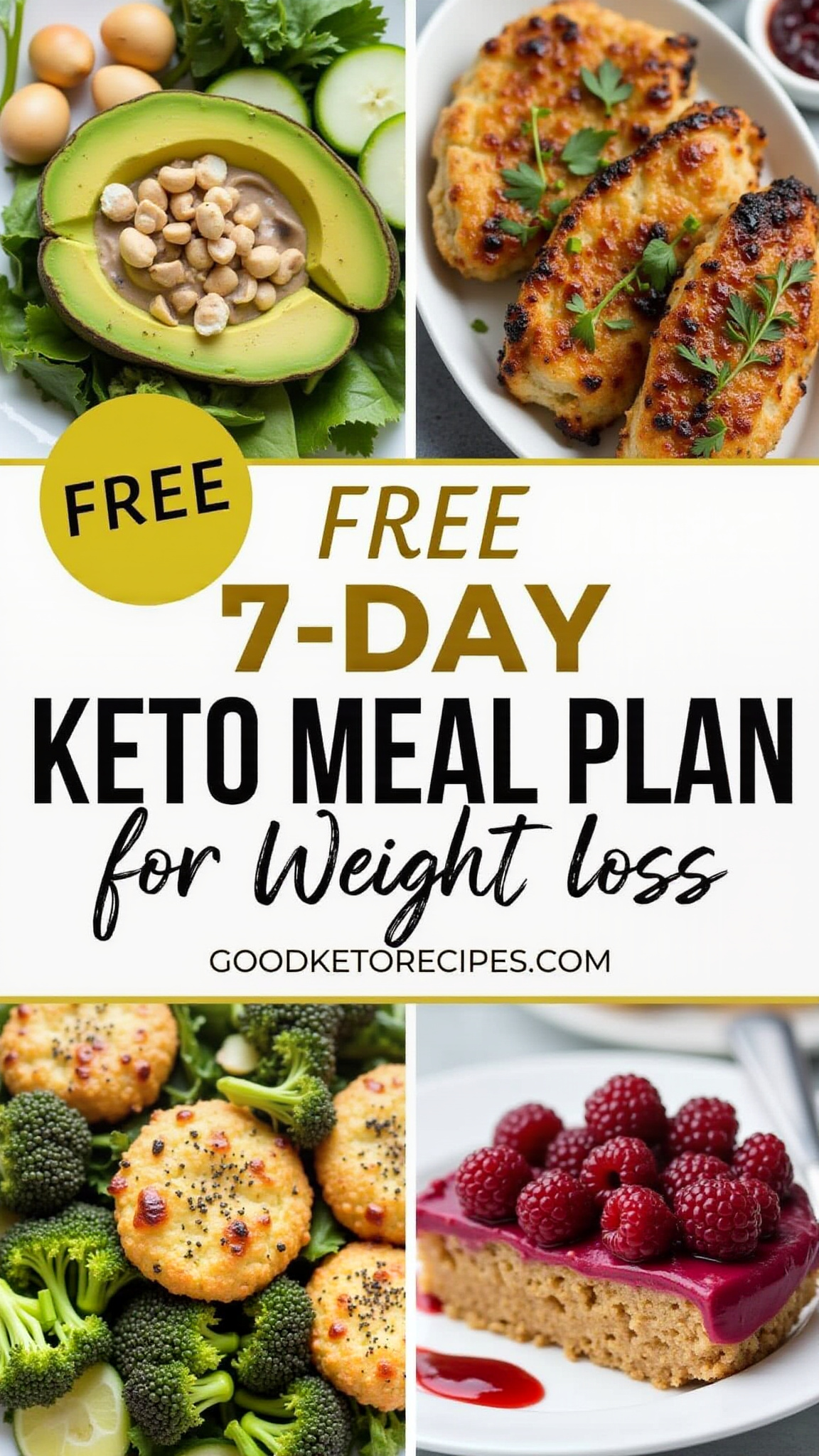
The ketogenic diet, or keto diet, is a high-fat, very low-carb diet that forces your body to enter a metabolic state called ketosis. When you drastically reduce carbohydrate intake, your body begins to break down stored fat into molecules called ketone bodies, which it uses for energy instead of glucose (sugar) from carbs. Many people find that keto is an effective way to lose weight, improve blood sugar control, and boost energy levels. This article provides a free 7-day keto meal plan to help you get started on your weight loss journey.
Understanding the Ketogenic Diet
Before diving into the meal plan, it’s important to understand the basics of the keto diet. This includes macronutrient ratios, foods to eat, and foods to avoid. A typical keto diet consists of:
- 70-80% Fat: Healthy fats like avocados, nuts, seeds, olive oil, and coconut oil.
- 20-25% Protein: Animal and plant-based protein sources such as meat, poultry, fish, eggs, tofu, and tempeh.
- 5-10% Carbohydrates: Non-starchy vegetables like leafy greens, broccoli, cauliflower, and bell peppers.
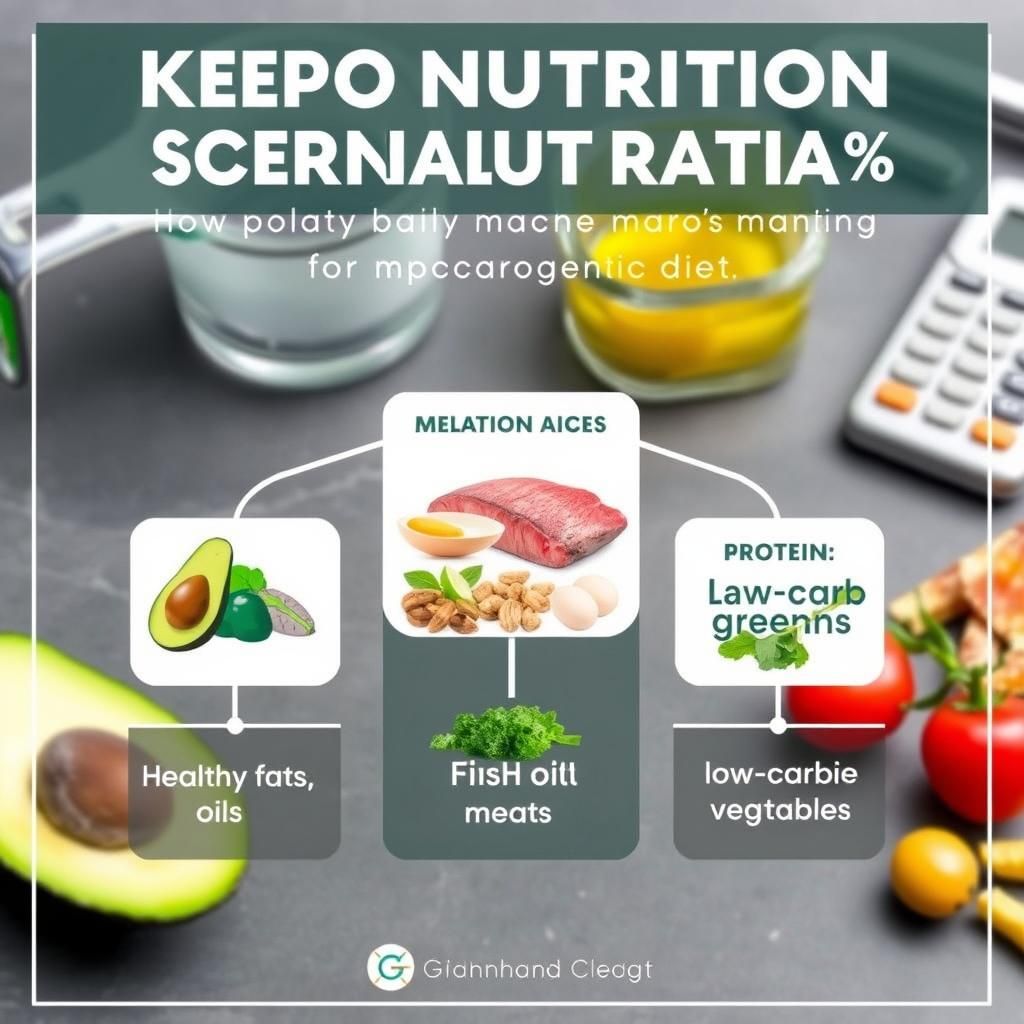
Foods to Eat on Keto:
- Meat: Beef, pork, lamb, poultry
- Fish: Salmon, tuna, mackerel, sardines
- Eggs: Whole eggs are highly nutritious
- Dairy: Cheese, butter, cream
- Nuts and Seeds: Almonds, walnuts, chia seeds, flaxseeds
- Healthy Fats: Olive oil, avocado oil, coconut oil
- Non-Starchy Vegetables: Spinach, kale, broccoli, cauliflower, bell peppers
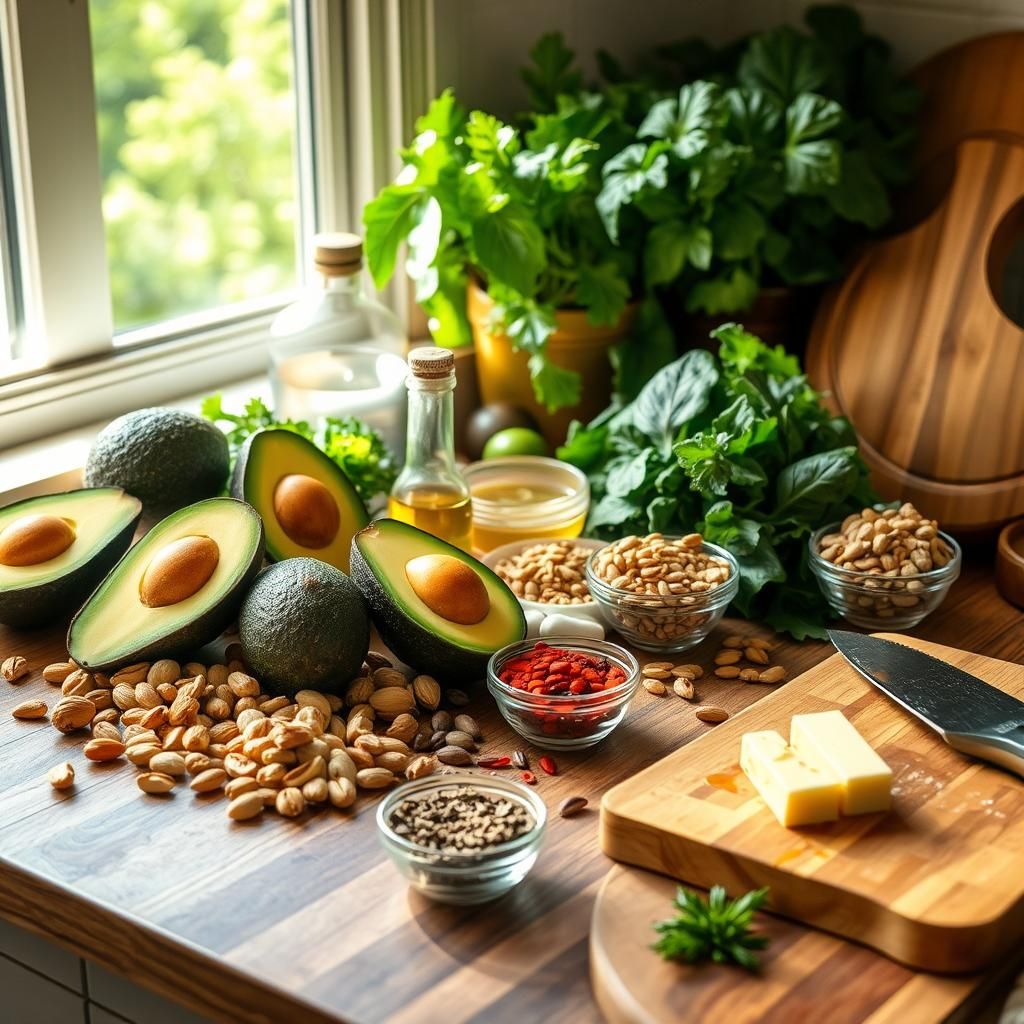
Foods to Avoid on Keto:
- Grains: Wheat, rice, oats, corn
- Sugary Foods: Soda, juice, candy, pastries
- Fruits: Bananas, apples, oranges (consume in moderation)
- Starchy Vegetables: Potatoes, sweet potatoes, corn
- Legumes: Beans, lentils, chickpeas
Benefits of the Keto Diet
The keto diet offers several potential health benefits, particularly for weight loss and metabolic health. Here are some of the key advantages:
- Weight Loss: By burning fat for fuel, the keto diet can help you lose weight and reduce body fat percentage. Studies have shown that keto can be more effective than low-fat diets for weight loss.
- Improved Blood Sugar Control: Keto can help stabilize blood sugar levels, making it beneficial for people with type 2 diabetes or insulin resistance.
- Increased Energy Levels: Many people report feeling more energetic and focused on the keto diet due to the stable blood sugar levels and consistent energy supply from ketones.
- Reduced Appetite: The high-fat content of the keto diet can help you feel fuller for longer, reducing cravings and overall calorie intake.
- Potential Benefits for Brain Health: Some research suggests that keto may have neuroprotective effects and could be beneficial for conditions like epilepsy, Alzheimer’s disease, and Parkinson’s disease.
Potential Side Effects
While the keto diet is generally safe for most people, it’s important to be aware of potential side effects, especially when first starting. These can include:
- Keto Flu: Symptoms like fatigue, headache, nausea, and irritability, which usually subside within a few days as your body adapts to using ketones for fuel.
- Constipation: Due to the lower intake of fiber, constipation can be a common issue. Make sure to drink plenty of water and include fiber-rich, low-carb vegetables in your diet.
- Nutrient Deficiencies: It’s essential to ensure you’re getting a variety of nutrients from keto-friendly foods, as cutting out entire food groups can lead to deficiencies.
- Kidney Stones: In rare cases, the keto diet can increase the risk of kidney stones. Staying hydrated and consuming adequate electrolytes can help mitigate this risk.
- Elevated Cholesterol: Some people may experience an increase in cholesterol levels on keto, although this is often a temporary effect. Monitor your cholesterol levels and consult with a healthcare provider if you have concerns.
7-Day Keto Meal Plan for Weight Loss
This 7-day keto meal plan is designed to provide approximately 1500-1800 calories per day, with a macronutrient ratio of 70-80% fat, 20-25% protein, and 5-10% carbohydrates. Feel free to adjust portion sizes to meet your individual calorie needs and preferences.
Day 1
- Breakfast (350 calories): Keto Scrambled Eggs with Cheese and Avocado
- Ingredients: 3 eggs, 1 oz cheese, 1/4 avocado, salt, pepper
- Instructions: Scramble eggs with cheese, season with salt and pepper, and top with avocado slices.

- Lunch (450 calories): Tuna Salad with Celery and Lettuce Wraps
- Ingredients: 5 oz tuna, 2 tbsp mayonnaise, 1 celery stalk (chopped), lettuce leaves
- Instructions: Mix tuna with mayonnaise and chopped celery. Serve in lettuce wraps.
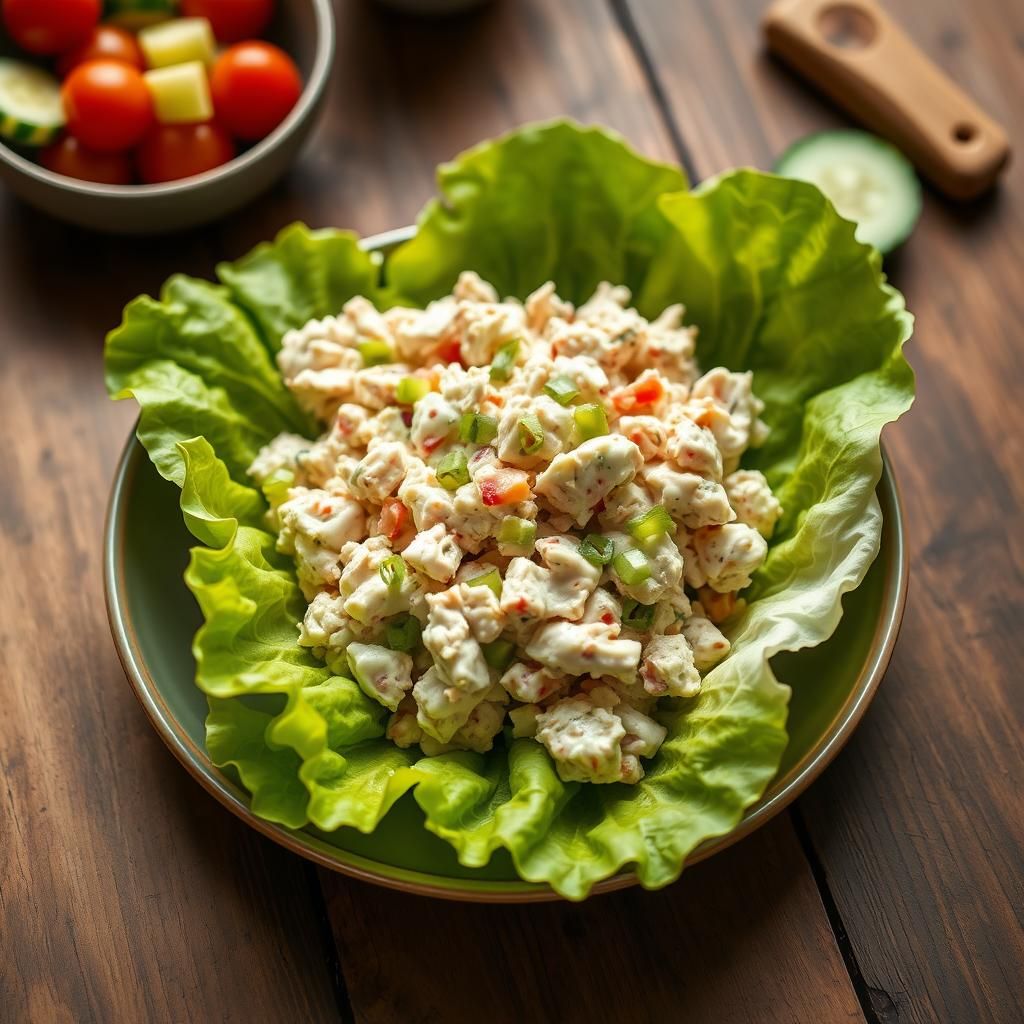
- Dinner (600 calories): Baked Salmon with Asparagus and Lemon
- Ingredients: 6 oz salmon fillet, 1 cup asparagus, 1 tbsp olive oil, 1/2 lemon, salt, pepper
- Instructions: Bake salmon and asparagus with olive oil, lemon juice, salt, and pepper.
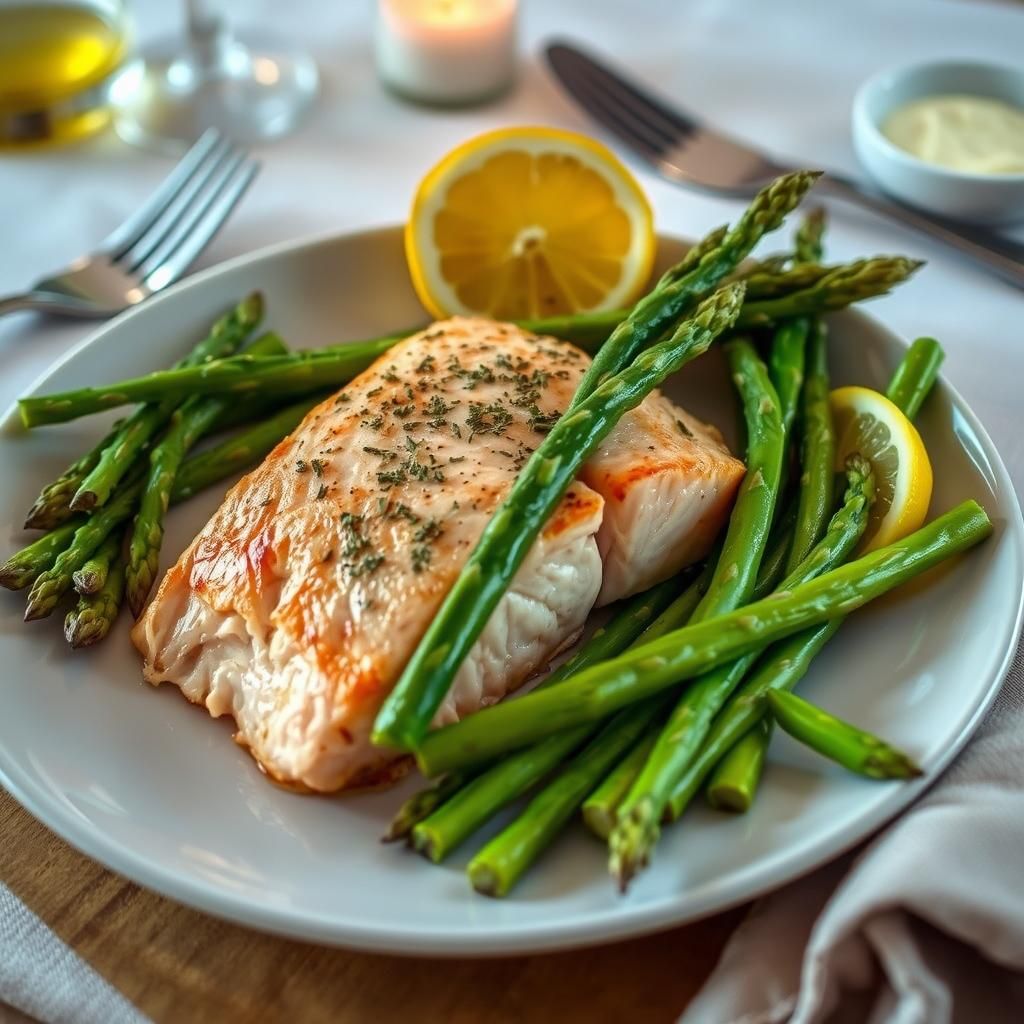
- Snacks (200 calories): Handful of almonds and a cheese stick.
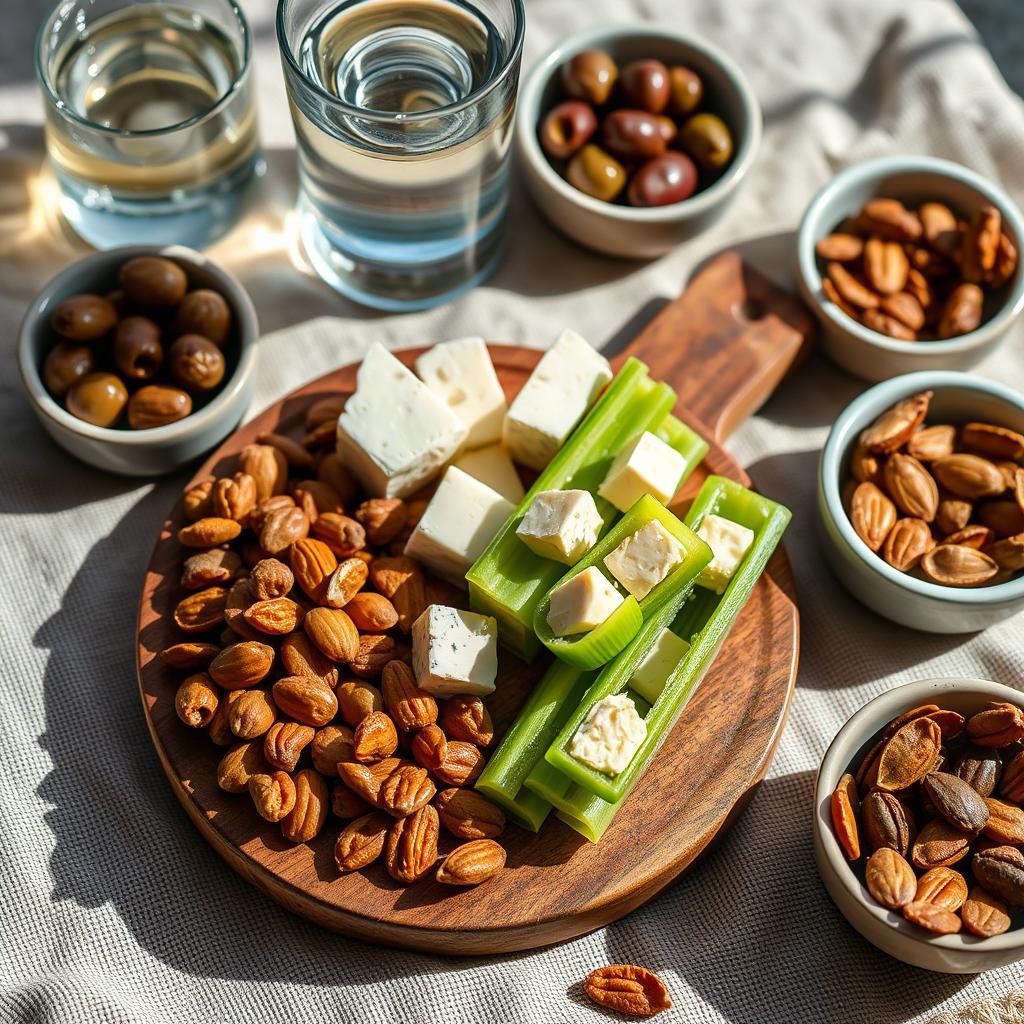
Day 2
- Breakfast (300 calories): Bulletproof Coffee and Keto Breakfast Bites
- Ingredients: 1 cup coffee, 1 tbsp butter, 1 tbsp MCT oil, 2 keto-friendly breakfast bites (egg and cheese muffins).
- Instructions: Blend coffee with butter and MCT oil. Enjoy with breakfast bites.
- Lunch (400 calories): Leftover Baked Salmon with Asparagus
- Ingredients: Leftover salmon and asparagus from dinner.
- Dinner (650 calories): Ground Beef and Cauliflower Rice Bowl with Avocado
- Ingredients: 5 oz ground beef, 1 cup cauliflower rice, 1/4 avocado, salsa, sour cream
- Instructions: Brown ground beef and serve over cauliflower rice. Top with avocado, salsa, and sour cream.
- Snacks (250 calories): Celery sticks with cream cheese and a small serving of walnuts.
Day 3
- Breakfast (350 calories): Keto Smoothie
- Ingredients: 1 cup spinach, 1/2 avocado, 1 scoop protein powder, 1 tbsp almond butter, 1 cup almond milk.
- Instructions: Blend all ingredients until smooth.
- Lunch (450 calories): Chicken Salad with Avocado and Lettuce Wraps
- Ingredients: 5 oz cooked chicken, 1/4 avocado, 2 tbsp mayonnaise, lettuce leaves
- Instructions: Mix chicken with avocado and mayonnaise. Serve in lettuce wraps.
- Dinner (600 calories): Pork Chops with Green Beans and Garlic Butter
- Ingredients: 6 oz pork chop, 1 cup green beans, 1 tbsp butter, 1 clove garlic (minced), salt, pepper
- Instructions: Pan-fry pork chop with green beans in garlic butter. Season with salt and pepper.
- Snacks (200 calories): Hard-boiled egg and a handful of macadamia nuts.
Day 4
- Breakfast (300 calories): Keto Pancakes
- Ingredients: Almond flour, eggs, cream cheese, sweetener (erythritol or stevia)
- Instructions: Mix ingredients, cook on a griddle, and top with butter and sugar-free syrup.
- Lunch (400 calories): Leftover Pork Chops with Green Beans
- Ingredients: Leftover pork chops and green beans from dinner.
- Dinner (650 calories): Steak with Brussels Sprouts and Bacon
- Ingredients: 6 oz steak, 1 cup Brussels sprouts, 2 slices bacon, olive oil, salt, pepper
- Instructions: Grill steak and roast Brussels sprouts with bacon. Season with salt and pepper.
- Snacks (250 calories): Cheese cubes and a small serving of pecans.
Day 5
- Breakfast (350 calories): Keto Yogurt with Berries and Seeds
- Ingredients: Unsweetened Greek yogurt, 1/4 cup berries, 1 tbsp chia seeds, 1 tbsp sunflower seeds.
- Instructions: Mix yogurt with berries and seeds.
- Lunch (450 calories): Egg Salad with Avocado on Cucumber Slices
- Ingredients: 3 eggs, 1/4 avocado, 2 tbsp mayonnaise, cucumber slices
- Instructions: Mix eggs with avocado and mayonnaise. Serve on cucumber slices.
- Dinner (600 calories): Chicken Thighs with Roasted Cauliflower
- Ingredients: 6 oz chicken thighs, 1 cup cauliflower florets, olive oil, garlic powder, salt, pepper
- Instructions: Roast chicken thighs and cauliflower with olive oil, garlic powder, salt, and pepper.
- Snacks (200 calories): Beef jerky and a small serving of almonds.
Day 6
- Breakfast (300 calories): Keto Chaffles
- Ingredients: Egg, cheese, almond flour
- Instructions: Mix ingredients and cook in a waffle maker.
- Lunch (400 calories): Leftover Chicken Thighs with Roasted Cauliflower
- Ingredients: Leftover chicken thighs and cauliflower from dinner.
- Dinner (650 calories): Keto Pizza with Cauliflower Crust
- Ingredients: Cauliflower crust, tomato sauce, mozzarella cheese, pepperoni, mushrooms
- Instructions: Make a cauliflower crust pizza and top with desired toppings.
- Snacks (250 calories): Olives and a small serving of Brazil nuts.
Day 7
- Breakfast (350 calories): Keto French Toast
- Ingredients: Keto bread, eggs, cream, cinnamon, sweetener
- Instructions: Dip bread in egg mixture and cook on a griddle.
- Lunch (450 calories): Shrimp Salad with Avocado
- Ingredients: 5 oz shrimp, 1/4 avocado, 2 tbsp mayonnaise, lemon juice
- Instructions: Mix shrimp with avocado and mayonnaise. Add lemon juice for flavor.
- Dinner (600 calories): Burger (no bun) with Lettuce, Tomato, Cheese and Avocado
- Ingredients: Ground beef patty, lettuce, tomato slice, cheese, avocado slices, mayonnaise
- Instructions: Grill burger patty and serve with lettuce, tomato, cheese, avocado and mayonnaise.
- Snacks (200 calories): String cheese and a small serving of pumpkin seeds.
Keto-Friendly Recipe Ideas
To help you diversify your keto meal options, here are a few more recipe ideas:
- Keto Cauliflower Mac and Cheese: Use cauliflower florets instead of macaroni and create a creamy cheese sauce with cheddar, cream cheese, and heavy cream.
- Keto Chicken Alfredo: Serve grilled chicken breast over zucchini noodles (zoodles) with a creamy Alfredo sauce made from heavy cream, Parmesan cheese, and garlic.
- Keto Chili: Make a hearty chili using ground beef, diced tomatoes, onions, peppers, and spices, but omit beans and corn.
- Keto Pizza Bites: Use mozzarella cheese as the base and top with pepperoni, mushrooms, and other keto-friendly toppings. Bake until golden and bubbly.
- Avocado Deviled Eggs: A twist on classic deviled eggs, adding avocado for extra healthy fats and creaminess.
Tips for Staying on Track
Following a keto diet requires commitment and careful planning. Here are some tips to help you stay on track and achieve your weight loss goals:
- Plan Your Meals: Meal planning is crucial for success on keto. Plan your meals for the week in advance to avoid impulsive decisions.
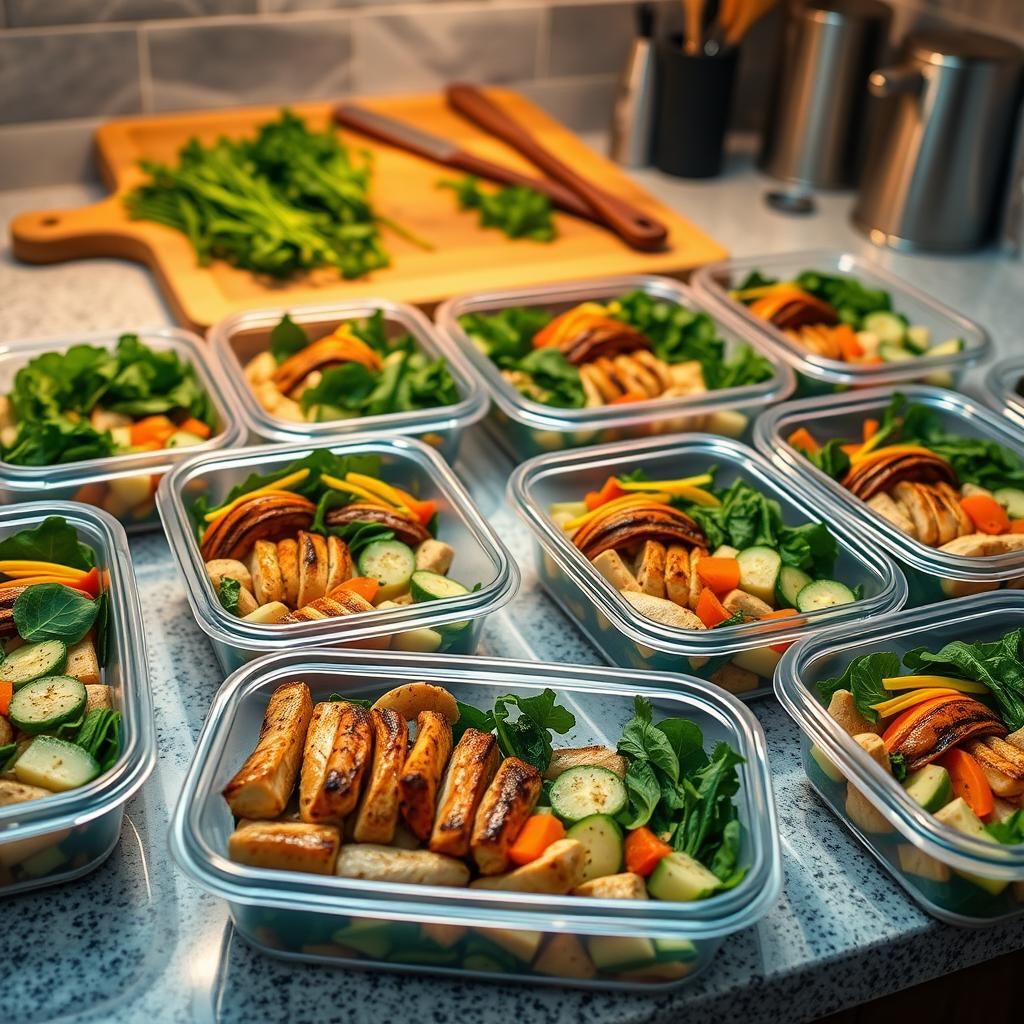
- Track Your Macronutrients: Use a food tracking app to monitor your macronutrient intake and ensure you’re staying within the recommended ranges.
- Stay Hydrated: Drink plenty of water to help prevent dehydration and constipation.
- Electrolyte Balance: Keto can cause an imbalance of electrolytes, so consider supplementing with sodium, potassium, and magnesium.
- Read Labels Carefully: Always read food labels to check for hidden sugars and carbohydrates.
- Prepare Snacks: Keep keto-friendly snacks on hand to avoid hunger pangs and unhealthy choices.
- Listen to Your Body: Pay attention to how your body feels and adjust your diet accordingly.
- Seek Support: Join a keto community or work with a registered dietitian for guidance and support.
Hydration and Electrolytes
Maintaining proper hydration and electrolyte balance is crucial on the keto diet. When you reduce carbohydrate intake, your body excretes more water and electrolytes. This can lead to dehydration and electrolyte imbalances, causing symptoms like fatigue, muscle cramps, and headaches.

To stay hydrated, aim to drink at least 8-10 glasses of water per day. You can also add electrolytes to your water or consume electrolyte-rich foods like avocados, spinach, and bone broth. Consider supplementing with sodium, potassium, and magnesium if needed.
Keto and Exercise
Combining the keto diet with regular exercise can enhance weight loss and improve overall health. Exercise helps burn extra calories and can increase ketone production. However, it’s important to adjust your diet and electrolyte intake to support your activity level.
During the initial adaptation phase, you may experience a decrease in performance. Once your body becomes keto-adapted, your energy levels should improve. Focus on moderate-intensity exercises like walking, jogging, or cycling, and incorporate strength training to build muscle mass.
Common Mistakes to Avoid on the Keto Diet
While the keto diet can be effective for weight loss, it’s important to avoid common mistakes that can hinder your progress. Here are a few pitfalls to watch out for:
- Not Eating Enough Fat: The keto diet requires a high fat intake to fuel your body and maintain ketosis. Don’t be afraid to consume healthy fats like avocados, nuts, and olive oil.
- Eating Too Much Protein: While protein is important, consuming too much can be converted into glucose, which can kick you out of ketosis. Stick to the recommended protein intake (20-25% of your daily calories).
- Not Tracking Macronutrients: Accurate tracking is essential to ensure you’re meeting your macronutrient goals. Use a food tracking app to monitor your intake.
- Ignoring Hidden Carbs: Be mindful of hidden carbs in processed foods, sauces, and dressings. Always read labels carefully.
- Not Getting Enough Electrolytes: As mentioned earlier, electrolyte imbalances are common on keto. Supplement with sodium, potassium, and magnesium as needed.
- Giving Up Too Soon: It can take several weeks for your body to fully adapt to the keto diet. Don’t get discouraged if you don’t see results immediately.
- Treating it as a Short-Term Diet: Viewing keto as a quick fix can lead to yo-yo dieting. Consider it a lifestyle change for sustained benefits.

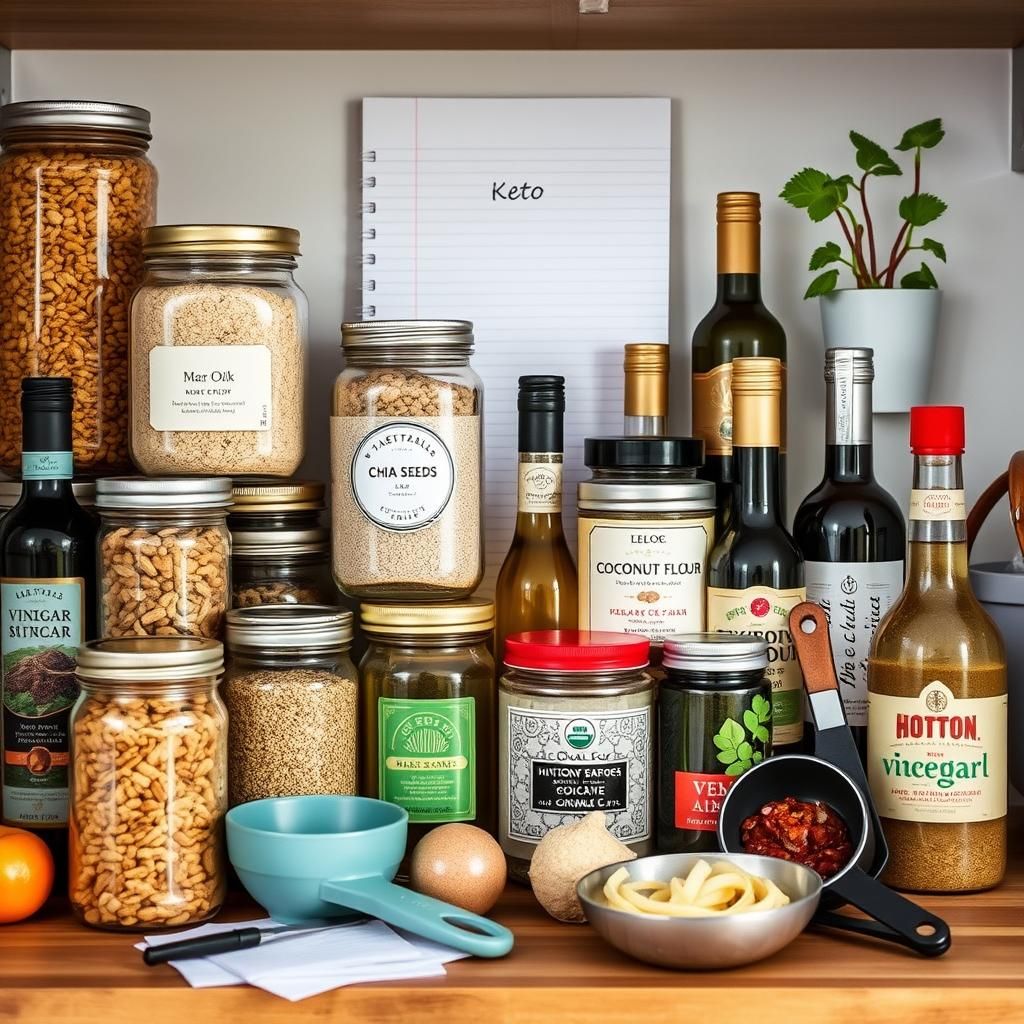
Monitoring Ketone Levels
To ensure you’re in ketosis, you can monitor your ketone levels using various methods:
- Urine Strips: These are the most affordable option but can be less accurate. They measure excess ketones excreted in urine.
- Blood Ketone Meter: This is the most accurate method. It measures ketone levels in the blood, providing a precise reading.
- Breath Ketone Analyzer: This measures acetone, a type of ketone, in your breath. It’s less invasive than blood testing but can be less accurate.
Aim for ketone levels between 0.5 and 3.0 mmol/L for optimal results.
Achieve Your Keto Goals!
This 7-day keto meal plan provides a solid foundation for starting your weight loss journey. By understanding the principles of the keto diet, planning your meals, and avoiding common mistakes, you can achieve your goals and improve your overall health. Remember to listen to your body, stay hydrated, and seek support when needed. With commitment and consistency, you can experience the many benefits of the ketogenic lifestyle. Consult with a healthcare professional before making significant dietary changes, especially if you have underlying health conditions.
Check Out This
Affiliate Link Disclosure: Some of the links in this post are affiliate links. This means that if you click on the link and make a purchase, I may receive a small commission at no extra cost to you. I only recommend products or services that I personally use and believe will be valuable to my readers.

